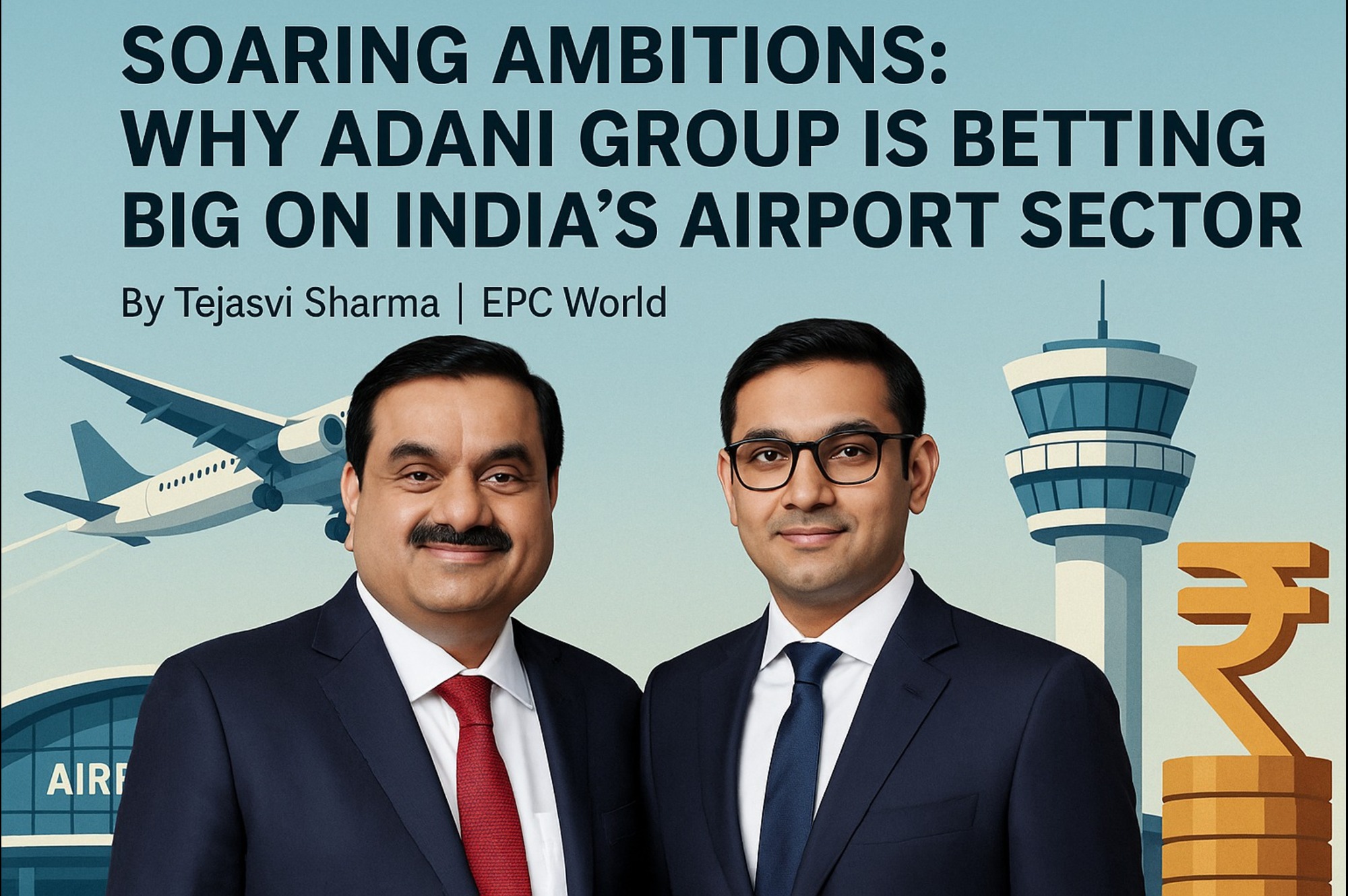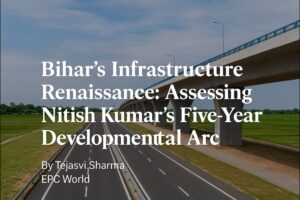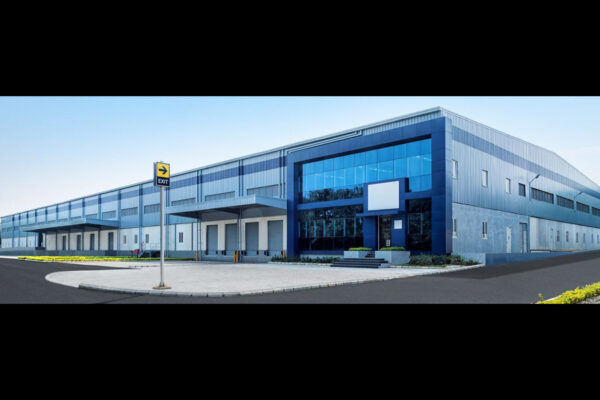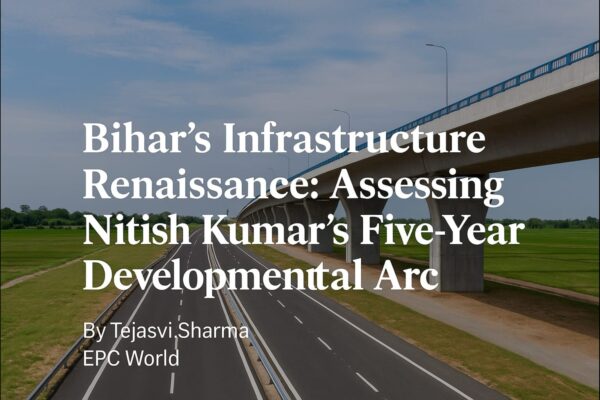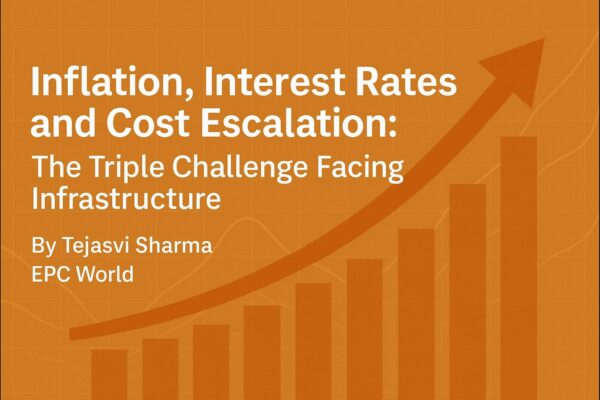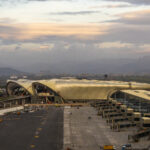Soaring Ambitions: Why Adani Group is Betting Big on India’s Airport Sector
by Tejasvi Sharma, Editor-in-Chief, EPC World
India’s airport infrastructure is undergoing a dramatic transformation, and at the heart of this high-altitude ambition stands the Adani Group. With control over seven operational airports and a projected investment of ₹95,000 crore over the next five years, Gautam Adani’s foray into aviation is not just a diversification move—it is a strategic consolidation of the group’s dominance across logistics, energy, real estate, and infrastructure.
The Adani Airport Vision: India’s Largest Airport Operator
In 2019, the Adani Group surprised industry veterans by winning the bids to operate six major airports—Ahmedabad, Lucknow, Jaipur, Mangaluru, Thiruvananthapuram, and Guwahati—under a 50-year PPP lease model. In 2021, it acquired Mumbai International Airport Ltd (MIAL), including the upcoming Navi Mumbai International Airport (NMIA), instantly making it India’s largest airport operator with over 25% of passenger traffic and 33% of air cargo volume under its belt.
This consolidation led to the formation of Adani Airports Holdings Ltd (AAHL)—a subsidiary that now anchors the group’s aviation business and positions it as the third-largest private airport operator globally, after AENA (Spain) and Vinci (France).
Why the Bet on Airports?
1. Logistics Synergy
The group operates India’s largest private port and logistics network, including multiple inland logistics hubs and warehousing corridors. Control over airports completes its multi-modal logistics chain, especially crucial for high-value and time-sensitive cargo.
2. Energy Integration
Adani’s power and gas businesses provide in-house utilities for its airports. Green energy solutions such as solar-powered runways, EV fleets, and energy-efficient terminal cooling are already in use at Ahmedabad and Lucknow airports.
3. Aerotropolis & Real Estate
Adani views airports as more than transit points. They are urban micro-economies, housing malls, hotels, logistics parks, and office complexes. The Navi Mumbai airport township (Aerotropolis) is a prime example, planned as a commercial-cum-logistics hub with long-term leasing and retail monetization potential.
4. Digital & Retail Monetization
Airports offer access to millions of passengers’ digital footprints, allowing Adani to build revenue streams through advertising, loyalty programs, data analytics, and in-terminal commerce
₹95,000 Crore Capex: The Next Five Years
The Adani Group has earmarked ₹95,000 crore ($11.4 billion) for airport development through 2030, with a heavy concentration in the next five years. The breakdown:
- ₹16,000–18,000 crore for Phase 1 of Navi Mumbai International Airport (commissioning by 2025–26).
- ₹10,000 crore to upgrade and expand Mumbai International Airport, including Terminal 1 redevelopment and airside expansion.
- ₹12,000–15,000 crore in capital expenditure across regional airports (Lucknow, Jaipur, Ahmedabad, Guwahati, Thiruvananthapuram) for new terminals, parallel runways, and cargo hubs.
- ₹50,000 crore allocated for future acquisitions, terminal retail investments, aerotropolis development, and allied transport links.
Funding is expected through a combination of Adani Enterprise equity, strategic global investors, and airport revenue securitization. In 2023, the group raised $750 million from Abu Dhabi’s IHC for airports and green infrastructure
What About Consumer Costs?
Adani’s expanding control has raised concerns over a quasi-monopoly in airport management. With dominance in both Tier-1 (Mumbai) and Tier-2 cities (Lucknow, Jaipur), the group has the ability to influence aeronautical and non-aeronautical charges.
However, two safeguards currently exist:
AERA Oversight: The Airports Economic Regulatory Authority (AERA) governs aeronautical charges, including UDFs and landing fees. Tariff increases must be justified via transparent filings and performance metrics.
Market Benchmarking: The National Monetization Pipeline continues to invite competition from players like GMR, Zurich, Fairfax. This keeps pricing power in check through comparative performance.
The real pricing concern lies in non-aeronautical services—retail, parking, food & beverage—which fall outside AERA’s regulatory scope. Here, Adani’s scale could translate into premium pricing, especially in high-footfall terminals like Mumbai.
Conclusion: Consolidation or Cartel?
The Adani Group’s ambitions in airports reflect a broader infrastructural vision—where ports, power, logistics, and mobility converge under one command. With ₹95,000 crore in planned investments, it is placing airports at the center of India’s next phase of growth.
As Tejasvi Sharma writes, “Adani’s playbook is not about running airports—it’s about owning the ecosystem around them. From cargo lanes to commercial realty, data to duty-free, their airports are engines for deeper conglomerate synergy.”
Whether this dominance benefits consumers through efficiency and integration—or burdens them with higher usage costs—will depend on how robust India’s regulatory and competitive landscape remains.
Tags

